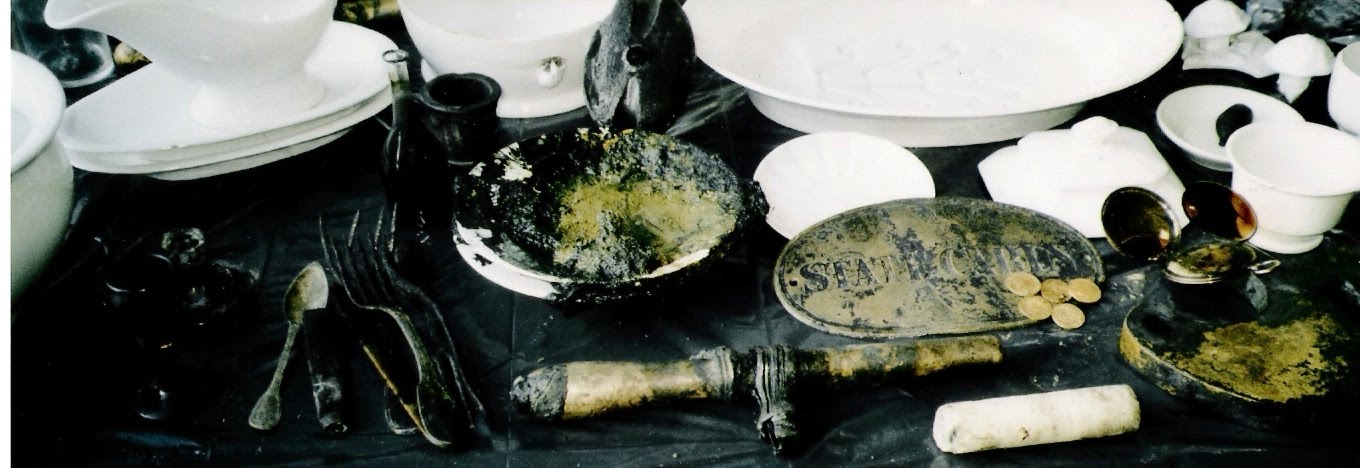By Claire Wrathall
Show me a tropical beach and I'll lie on it gladly. But the pleasures of an afternoon's idling in the shallows and soaking up warmth redouble after a morning's exertions.
To my mind, this makes St Lucia the most perfect island in the Caribbean. For this is a place rich in things to do, from riding Creole thoroughbreds through the waves on Cas-en-Bas beach to zip-lining through the rainforest canopy.
It's also paradise for walkers as St Lucia abounds in trails. The obvious challenge is to climb the Pitons, the almost perfectly conical twin lava spikes designated a World Heritage Site. The reasonably fit can get to the summit of the Gros Piton (2,618ft), in around two hours, from which the views, as far as Martinique to the north and St Vincent to the south on a clear day, more than justify any breathlessness you've suffered on the way up. At 2,408ft, the Petit Piton ought to be easier, but it's a very steep, much tougher ascent that involves knotted ropes and officially the path, or what exists of one at least, is closed for safety reasons. If Gros Piton sounds a trek too far, there are plenty of less strenuous options in the hinterland around St Lucia's highest peak, Morne Gimie, and through the Edmund Forest Reserve, an area cloaked in the sort of improbably beautiful jungle imagined by the painter Henri "Le Douanier" Rousseau: of waterfalls you can bathe under (the Enbas Saut Falls feed a sequence of three idyllic pools), cloud forest, stunted "elfin woodland" and extraordinary trees. Immense chataigniers, for example, their buttressed trunks bound by strangler figs; spidery tree ferns, whose woody stems sprout parasitical bromeliads; and sprays of heliconia thronged by humming birds no bigger than your thumb. No wonder Derek Walcott, the more famous of St Lucia's two Nobel Prize winners (the other was the economist Arthur Lewis), makes repeated references in the opening chapter of his epic novel-in-verse Omeros, to laurier-cannelles, the bark of which is revered as a kind of forest Viagra when made into a tea – our guide winked knowingly – and gommiers, whose highly flammable sap smells of fire lighters. Indeed, in the 1790s a band of escaped slaves known as the Brigands used it, along with hollow shafts of the giant bamboo that also grows here, to construct makeshift cannons, the roar from which frightened their French rulers into thinking they were well armed. The uprising led to the abolition of slavery in 1794 – at least until Britain regained control of the island and brought it back. Few places have been as fought over as St Lucia, which changed hands between the French and British 14 times before it secured independence in 1979. But it makes for a fascinating fusion of cultures: Amerindian, African, European and Indian, thanks to the 6,000 indentured workers shipped here from Bihar and Uttar Pradesh after slavery was abolished.
Posted via email from
.jpg)
No comments:
Post a Comment